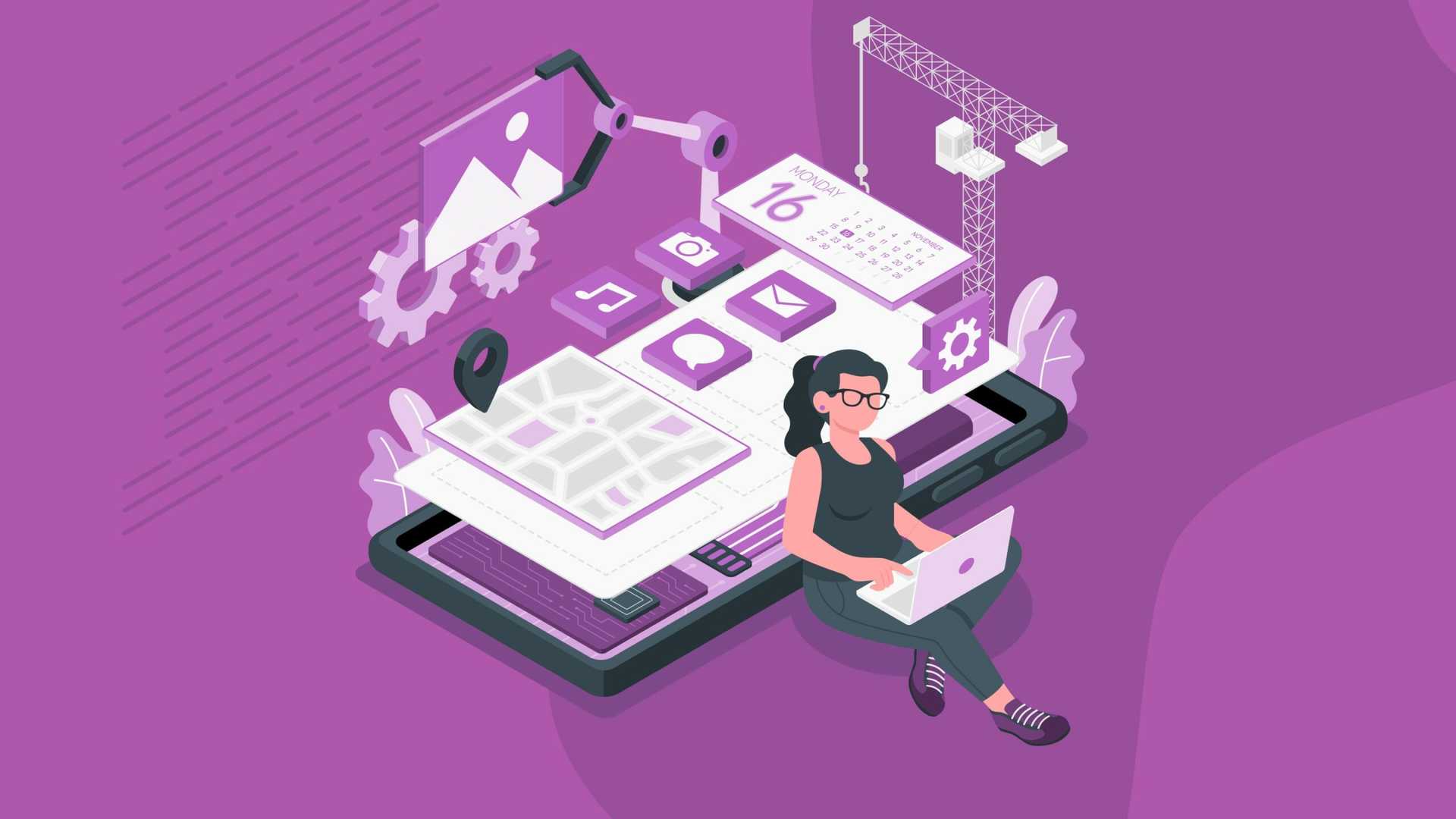
September 18, 2023
Developers spend their entire working lives around state-of-the-art technology. Not only do they use it, they create it. When the developer is also the user, it’s likely that their user experience (UX) is going to differ substantially from that of the typical target end user. This divergence can quickly grow into a gaping chasm, a wide gulf between what the end user encounters in working with the technology and what the developer intended in creating it.
After all, the average developer’s perception of “intuitive design” may well look intimidating, frustrating, and unnecessarily complex to the end user. This is why, ultimately, a developer’s creation will live or die with the user. It’s not about how sophisticated the design is or how advanced the skill set required to build it may be. It’s about how readily your end user can master the technology, and discover, explore, and adopt the tool’s diverse functions. It’s about how your end user feels about the technology when they encounter it for the first time.
That’s why the synergy between developers and the user experience is of the utmost importance. Without this strong nexus between the two, the final product is liable to fail. Let’s examine the synergy between developers and user experience and how you can maximize it for exceptional outcomes.
Minding the Gap
One of the greatest threats to the success of any development project is the UX blind spot that can so easily emerge as developers pursue their own vision of success. This is why UX must remain top of mind at all phases of the development process.
This requires both discipline and commitment. Integrating UX considerations at every stage inevitably means that linear development is unlikely. The good news, though, is that recursive and responsive design processes, such as those used in Agile development, can be more efficient, productive, and cost-effective.
The key to this process, however, lies not only in frequent UX testing but also in testing the right things. As a developer, for example, you might be interested in how the end user experiences a particular function, whereas they may encounter unexpected obstacles that take precedence for them.
Navigation tools that you’ve worked so diligently to make both intuitive and highly functional will mean nothing if you’ve not scaled the technology appropriately. Thus, while you might see only the elegant design and hours of effort expended to create it, your end user will notice only the painfully slow responsiveness.
This means that UX testing must consider, and even prioritize, the macro view as well as the micro. If you’re soliciting only user feedback on the functionality and aesthetics of the navigation tool, in other words, you’re going to miss the critical factor that’s undermining your UX.
Collaboration and Consensus
As we’ve seen, UX, like beauty, is often in the eye of the beholder, and that means that it’s not enough to rely only on teams of developers and designers to predict the users’ experience. You must collaborate with those outside of the team’s own technology bubble.
Interdepartmental collaboration is essential not only for understanding how your target end user is likely to experience the technology but also for determining what their technology needs are. Effective UX design, in fact, is often a function of the quality of communication between developers, stakeholders, and consumers.
Marketers, sales reps, and customer service agents are going to have a unique perspective, for instance, not only on what kinds of innovations are needed both within and outside of the organization. They’re going to have their fingers on the pulse of the market and its evolutions because they’re on the front lines, fielding consumer complaints and responding to their requests.
They’re also working in the trenches, meaning that they have a depth of knowledge regarding your company’s tech infrastructure that even your most experienced developers may not. After all, once you’ve handed the tools off, you are likely to have comparatively little experience with the technologies that they deploy every day.
Thus, if you want to optimize your UX design process, then you must optimize your capacity to collaborate with colleagues and partners organization-wide. It’s imperative to implement the best collaboration tools, ones that will bring together not only onsite employees but also remote workers, stakeholders, and clients. This will ensure that the feedback you receive on the needs, expectations, and experiences of your target end users will be timely, relevant, and comprehensive.
The Takeaway
Technology isn’t created in a vacuum. It’s made for a specific purpose and to serve a designated target user. But unless and until you tap into that all-important synergy between development and user experience, your technology will simply never be all that it could and should be.
Contact us
Swan Buildings (1st floor)20 Swan StreetManchester, M4 5JW+441612400603community@developernation.net


